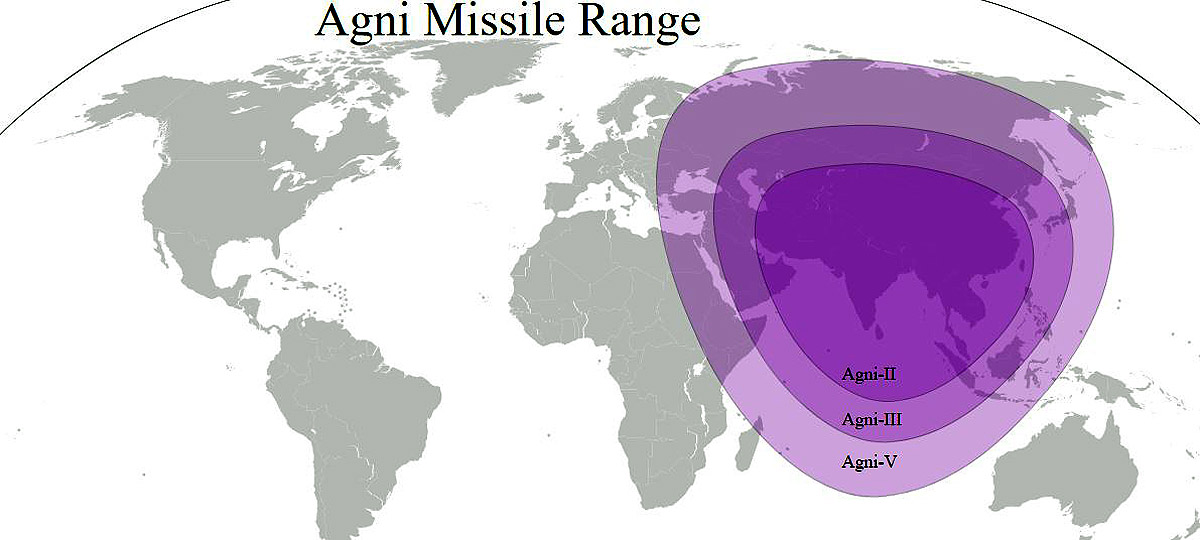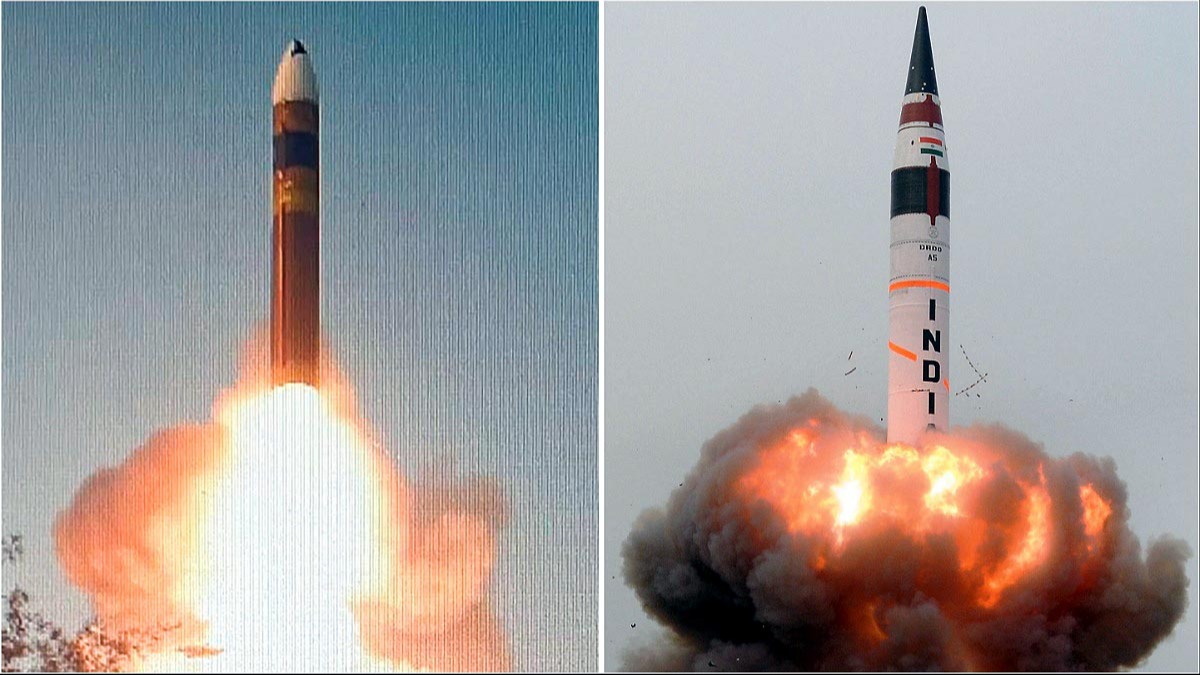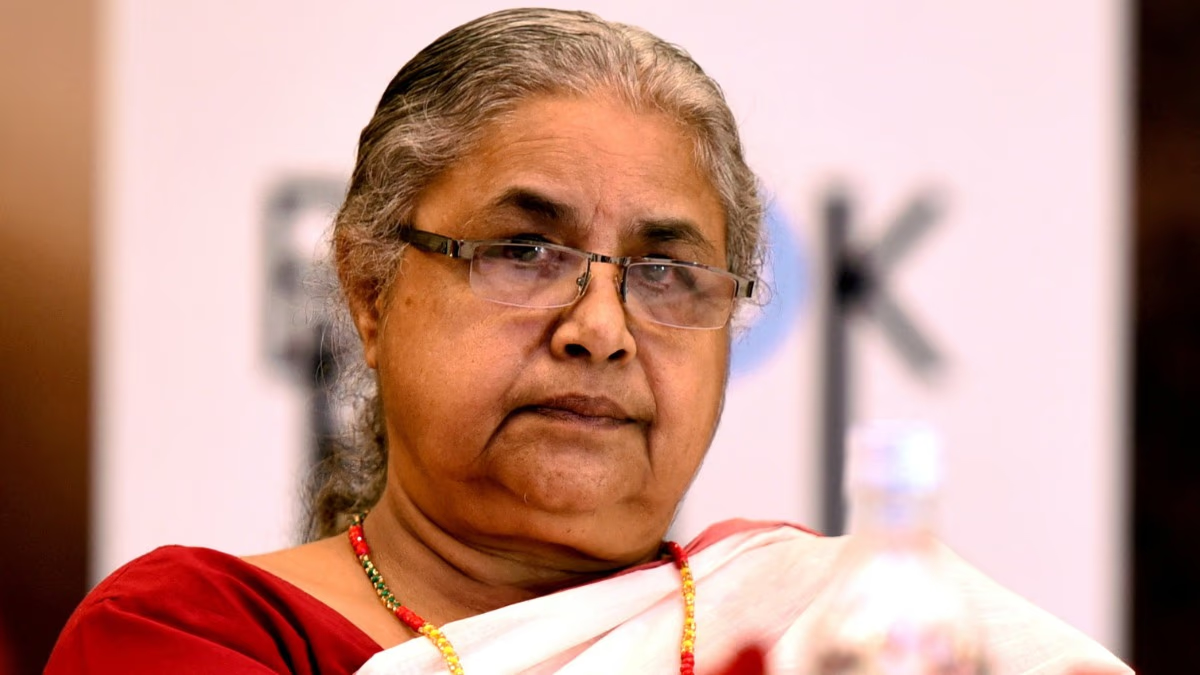Pakistan is filled with apprehension following the recent test of India's Agni-5 missile. Agni-5 has now been updated with MIRV technology, which means the missile's nose cone can house not just a single warhead, but three or more, thus enabling the targeting of multiple objectives with just one missile.
Concerns in Pakistan grow over the possibility that these missile tests signal India's intention to boost its nuclear weaponry stockpile. Hamdan Khan, a researcher at Islamabad's Strategic Vision Institute, highlighted these worries in an article published on
, dissecting India's growing strength.
On March 11, 2024, India's Defence Research and Development Organisation (DRDO) conducted a successful test of the Agni-5 ballistic missile, a three-stage, solid fuel, nuclear capable missile with a range exceeding 7,000 kilometers – marking its tenth trial since 2012.
Mid-range missiles already featured this technology
December 2022 saw a night-time test for the missile. The latest trial involved the implementation of Multiple Independently targetable Re-entry Vehicle (MIRV) technology, which India has been developing for several years. The Indian defense has previously employed this technology in its mid-range ballistic missiles with successful demonstrations by Agni-Prime, confirming its capabilities.
Developed as a countermeasure to existing threats from China, which has been steadily augmenting its nuclear arsenal, the Agni-5 missile enhances India's defensive and offensive capabilities. The deployment of MIRV technology in this context not only strengthens India's existing missiles but suggests further fortification of its military might.
Amidst fears within Pakistan, questions arise around the number of warheads each Indian missile can carry. Although Indian media reports estimate the figures to be between three to six, or even as many as twelve, the actual numbers remain speculative—even for India's grounds-based 50-60 missiles and submarine-launched arsenal which, according to Hamdan, could bear two to four warheads each.
To equip missiles with such a number of warheads, India would potentially need to increase its nuclear weapons count from the current 170 to between 250 and 300. It is plausible that India is indeed on the path to growing its nuclear strength due to the demands of MIRV technology implementation.
The Agni-5 missile, an intercontinental ballistic missile, possesses significant strike capability. It can reach targets within the upper regions of Russia, half of Africa, the northern part of Australia, and even Greenland. The missile, developed jointly by DRDO and Bharat Dynamics Limited, once weighed 50 tons, with its weight now significantly reduced by over 20 percent. Measuring 17.5 meters in length and 2 meters in diameter, it can be topped with a 1500-kg nuclear warhead.
Cruising at a staggering speed of 29,000 km/h, which is over 24 times the speed of sound, the missile's attack velocity is unparalleled. Its precision is further enhanced by the integration of cutting-edge guidance systems including the Ring Laser Gyroscope Inertial Navigation System, GPS, and NavIC satellite navigation.

Source: aajtak
The MIRV technology enables the missile to carry multiple independently targetable warheads, furthering its reach and efficiency. These capabilities are coordinated under India's Strategic Forces Command, which also oversees the management of other potent missiles from the Prithvi, Agni, to the future Surya series. The latter, still in development, is expected to possess ranges of 12,000 to 16,000 kilometers, with Agni-6 slated in-between at 8,000 to 12,000 kilometers.




